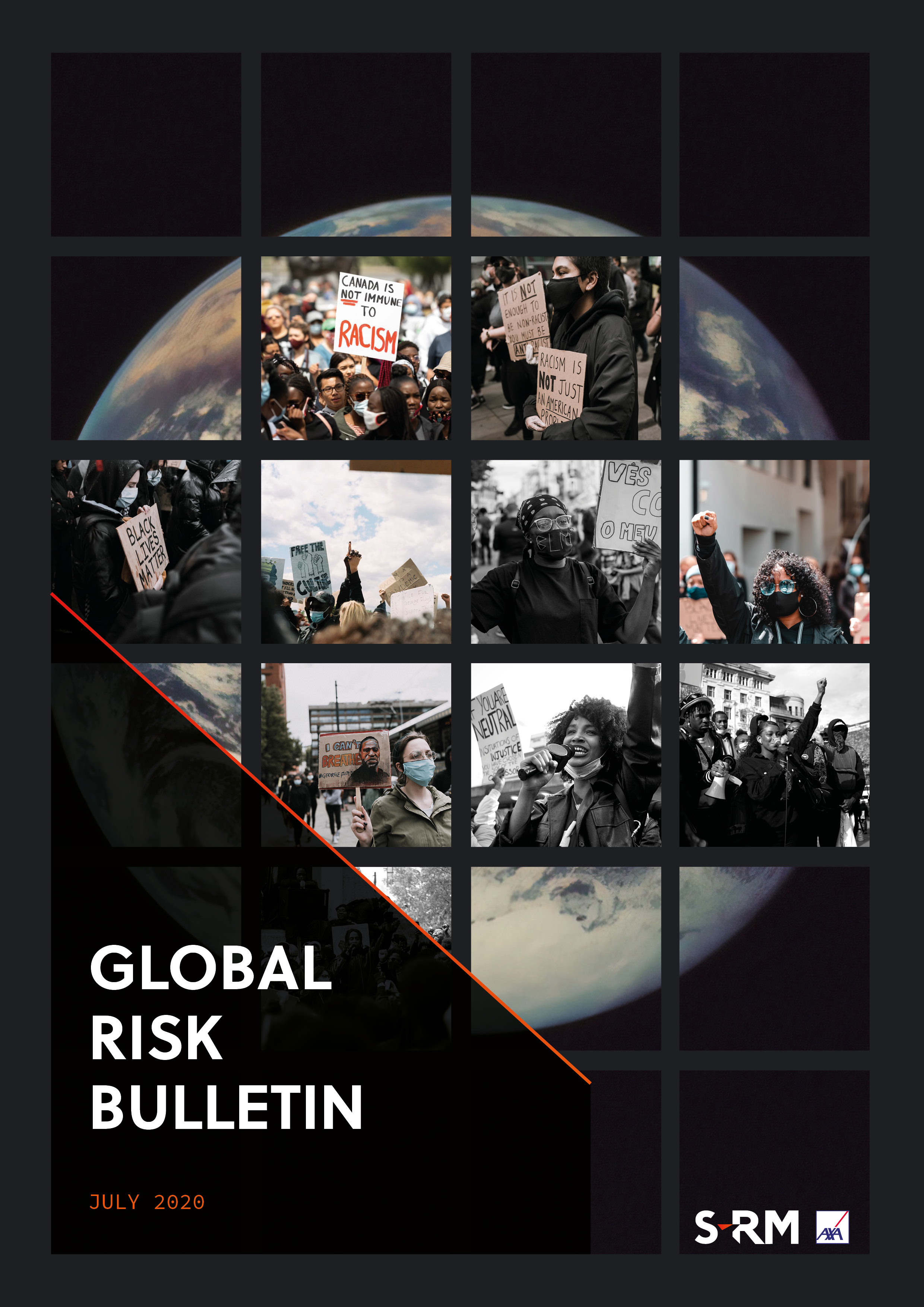While there has not been a notable uptick in terrorist incidents during the Covid-19 pandemic, diverted security resources and the longer-term effects of the pandemic may result in a growing threat of terrorism, writes Markus Korhonen.
As the rapid geographical spread and the disruptive effect of the Covid-19 outbreak in the first months of 2020 became clear, several militant groups called a halt to their hostilities. In Cameroon, the Southern Cameroons Defence Forces (SOCADEF) separatist group declared a ceasefire from 29 March, citing it as a “gesture of goodwill” to allow the central government time to respond to the crisis. In Colombia, the Ejército de Liberación Nacional (ELN) called for a 30-day “bilateral and temporary ceasefire” in April. Similarly, the Barisan Revolusi Nasional Melayu Patani (BRN) halted its armed campaign in southern Thailand from 3 April on humanitarian grounds.
The various ceasefires are likely to hold for a limited time only. The ELN called off its ceasefire on 1 May, citing the government’s lack of political will to negotiate, and the BRN, for instance, was very careful about making any significant concessions. Oxfam International also expressed its frustrations that, despite an appeal in March from United Nations Secretary-General Antonio Guterres for conflict participants to halt hostilities, many of those who signed up for the ceasefire had either continued hostilities regardless, or supplied arms or other support to third parties throughout the pandemic.
EXPLOITING THE PANDEMIC
Some groups took an entirely different approach. The Islamic State (IS) group, for instance, asked its supporters to exploit the pandemic, and even to take steps to spread Covid-19 as “no disease can harm even a hair of a believer.” In late March, the US Department of Homeland Security warned that IS had threatened to stage attacks in the west. While the group had advised its followers to avoid travel, it called on supporters already in the west to carry out attacks to add to the fear and uncertainty prompted by lockdowns and the health crisis. Stabbing attacks in Romans-sur-Isère in south-eastern France in April, and another in Reading, a town 60 km west of London in June, suggests the call may have been heeded. However, details of the attacks are still being investigated. German police also reportedly foiled an IS cell’s bombing plot against US military facilities in the country in March. However, it would be premature to conclude these attacks signal a resurgence of the IS or of its support in the west.
Despite the rhetoric, IS’s ability to exploit the pandemic remains limited. While in many parts of the world security forces’ attention may be temporarily diverted towards enforcing curfews or other lockdown restrictions, this has neither meaningfully added to terror groups’ abilities to carry out attacks, nor to the opportunities available for staging attacks. An official with the US-led military coalition in Iraq and Syria noted that while there had been a “slight uptick in the quantity of activity” in those countries, the number of attacks IS had claimed responsibility for in April 2020 was very similar to the previous year’s figure.
There is reason to be cautious about the impact of the pandemic and its aftermath on the threat of terrorism, particularly in the longer term.
OPPORTUNITY AMID INSECURITY
There is nonetheless reason to be cautious about the impact of the pandemic and its aftermath on the threat of terrorism, particularly in the longer term. In countries already plagued by persistent poverty, the economic turmoil exacerbated by Covid-19 will continue to create fertile conditions for recruitment to extremist groups. For example, Islamic militant groups such as Boko Haram in West Africa are known to exploit youth unemployment and poverty to bolster its ranks. In recent years, the group has moved away from encouraging membership through radicalisation efforts in mosques, to enticing members by offering economic incentives. In areas where the choice is between poverty and a steady income offered by the militant group, the choice can be straightforward.
Global annual GDP growth, %

Source: International Monetary Fund
Similar dynamics are at play in other parts of the world. In Pakistan, for instance, militant groups such as Lashkar-e-Taiba and Jaish-e-Mohammad have reportedly offered assistance to people affected by the pandemic, providing food aid and other support. In return, they gain the goodwill of local populations and create opportunities for recruitment into their organisations.
The Covid-19 pandemic has had a devastating effect on many rich and poor economies alike. While the rate of new infections is easing in some areas, the economic aftermath will likely be felt for months, if not years. The International Monetary Fund has estimated 5.4 percent global economic growth for 2021, which is about 6.5 percentage points lower than in the pre-Covid-19 projections of January 2020. While there is no immediately observable increase in the threat of terrorism, the exacerbated socio-economic grievances caused by the Covid-19 pandemic may increase the relevance and appeal of militant groups in many places.




 Email Markus
Email Markus





 @SRMInform
@SRMInform
 S-RM
S-RM
 hello@s-rminform.com
hello@s-rminform.com

